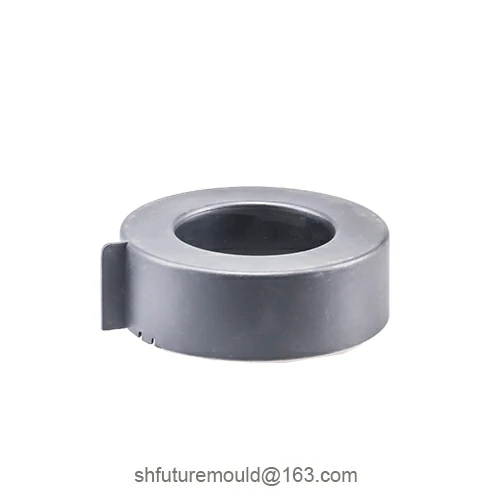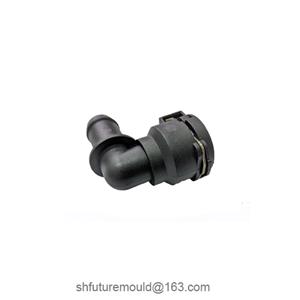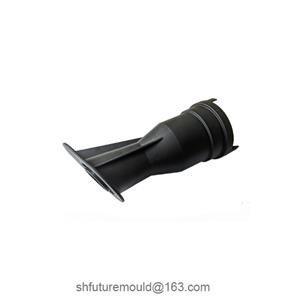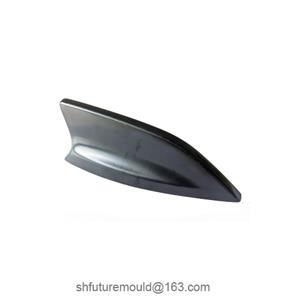The Effect of Injection Mold Temperature on Injection Molding
Injection mold temperature is an important parameter in the injection molding process and has a significant impact on the appearance, quality, dimensions, and performance of plastic products. In general, the higher the mold temperature, the better the melt flow and filling ability of the molten plastic, and the shorter the cooling time, but the higher the shrinkage rate of the product the more difficult it is to demold; the lower the mold temperature, the worse the melt flow and filling ability of the molten plastic, the longer the cooling time, but the lower the shrinkage rate of the product and the easier it is to demold.
Specifically, the effect of injection mold temperature on injection molding is mainly reflected in the following aspects:
Effect on the melt state: Mold temperature affects the melt flow and viscosity of the molten plastic. If the mold temperature is too low, the melt flow of the molten plastic is poor, the filling ability is poor, and defects such as underfilling, flash, and cold material are prone to occur; if the mold temperature is too high, the melt flow of the molten plastic is good, and the filling ability is good, but bubbles and overflow are prone to occur.
Effect on product quality: Mold temperature affects the surface gloss, mechanical properties, and dimensional accuracy of the product. If the mold temperature is too low, the surface gloss of the product is low, the mechanical properties are poor, and the dimensional accuracy is low; if the mold temperature is too high, the surface gloss of the product is high, the mechanical properties are good, and the dimensional accuracy is high, but warping and deformation are prone to occur.
Effect on injection cycle time: Mold temperature affects the cooling time of the product. If the mold temperature is too low, the cooling time of the product is long, and the injection cycle time is long; if the mold temperature is too high, the cooling time of the product is short, and the injection cycle time is short.
Effect on molding efficiency and production stability: Appropriate mold temperature can improve molding efficiency and production stability. If the mold temperature is too low, the molding efficiency is low, and the production stability is poor; if the mold temperature is too high, the molding efficiency is high, and the production stability is good.
In actual production, the appropriate mold temperature should be selected according to specific factors such as plastic-type, product structure, and molding process. In general, the mold temperature for crystalline plastics is lower than that for amorphous plastics; the mold temperature for thin-walled parts is lower than that for thick-walled parts; the mold temperature for fast injection is lower than that for slow injection.




